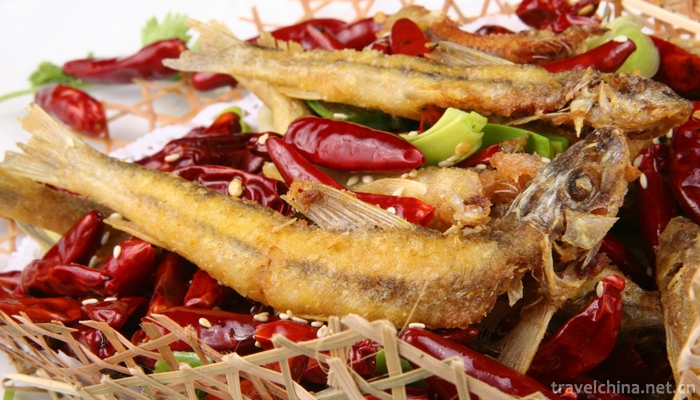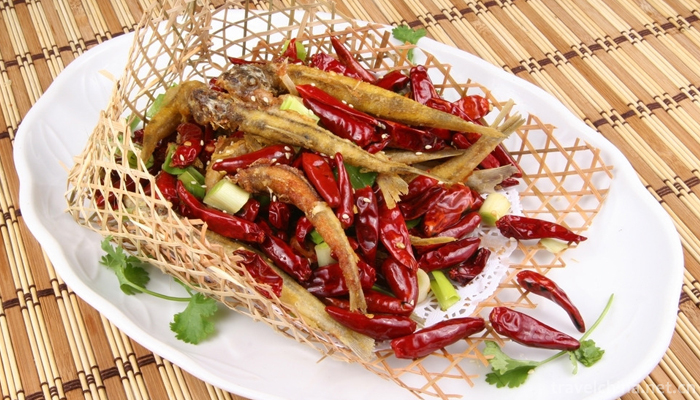Dali aToxoplasmus dali, commonly known as fine-scaled fish, is a second-class protected wildlife in the Erhai River Basin and Niulanjiang River Basin of Yunnan Province.
Body slender, slightly flat, short and short head, short eyed, equal to eye diameter. The ends of mouth are slightly inclined. The upper and lower lip are connected at the corners of the mouth, the lower lip is narrow, the posterior lip groove is interrupted at the anterior meeting of the mandible, and the mandibular margin is not keratinized. The eye is big; the beard must be 2 pairs, the jaw must be longer than the whiskers. The body is covered with fine scales, irregularly arranged and irregularly shaped; the abdomen is bare and scaleless from the gill isthmus to the base of the pelvic fin, or only a few scales are embedded in the skin. The lateral line is slightly curved, with 96-108 lateral scales, one large scale on both sides of the anal and gluteal fins, and a stiff spine on the dorsal fin with a fine serrated margin. The back of the body is light brown or yellowish-brown, the abdomen is grayish-white or yellowish; the female anus is particularly enlarged during reproduction, with reddish, long and thick buttock fins; and the male kiss has developed Pearl stars.
Unlike other schizophrenic fish, Anmen Dali schizophrenic fish is a species adapted to live in still water, and is active in the upper and middle layers of open water areas in lakes. Zooplankton is the main food intake, especially cladocera, followed by copepods and insects, as well as a small number of insect larvae, eggs, and occasionally green algae and filamentous algae. During the reproductive season from April to May, parent fish flock from the lake to tributaries or streams, or flock out of the cave around, in the running water environment spawning, eggs sunk on the bottom of the sand and stone. Females are larger than males. During reproduction, females rarely feed or stop feeding, and consume abundant fat bodies stored in the body.


0 Questions
Ask a Question
Your email address will not be published.